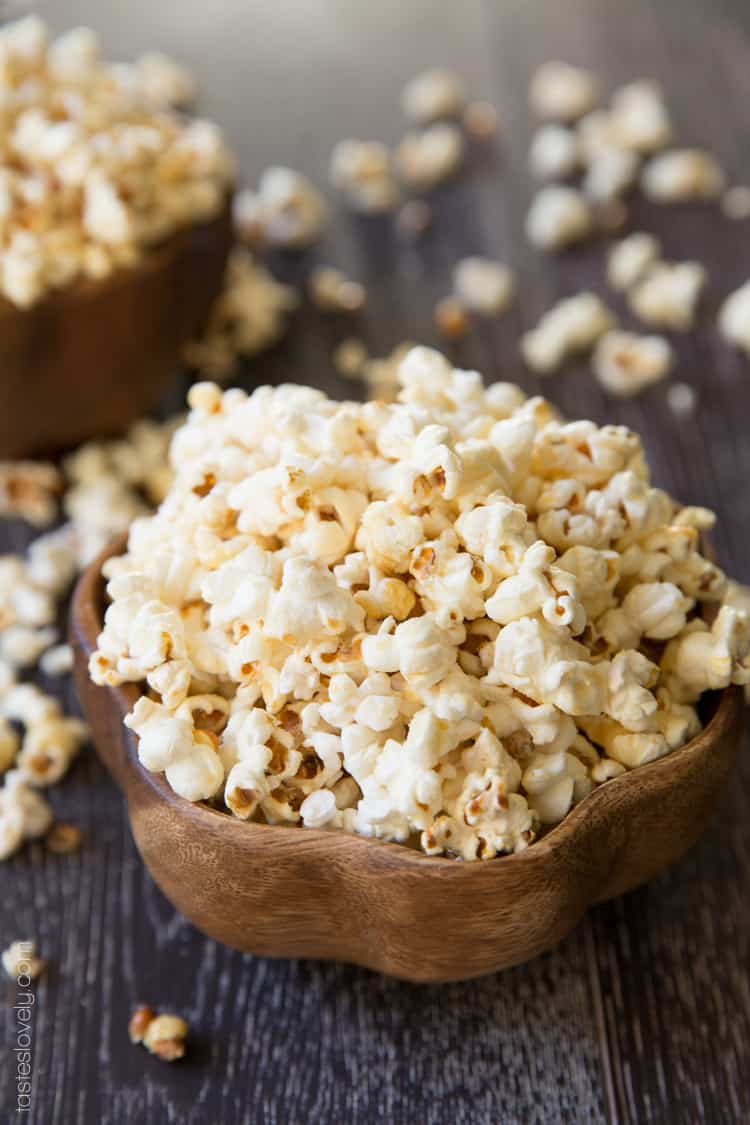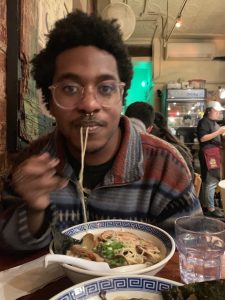Li Ziqi & Tampopo Reflection Podcast
Author: lesurem
- research 2 articles that can help you build your critical understanding of your topic,
Sandler, R. L. (2014). Food Ethics: the basics “Food and Culture”. Routledge.
Dickinson Archives primary sources.
- define your field more precisely (identify its limits and area of interest),
Over the course of my four years at Dickinson and as an academic with a food studies focus; I find that food has become commonplace in most settings and fields. The focus of food plays a pivotal role in our lives, more than we often give credit to. In this project, I want to bridge the gap between Dickinson Students, Faculty and community members who have access to the library and the immense amount of information that is available. This project will look at the intersection of food and culture. Specifically, I want to look at Dickinson Archives and find parallels between food, culture and archival records. For instance, Dickinson College did not always have a farm, what led to this addition? Dickinson did not always have farm to table events, how did this contribute to the community? I am also interested in looking at the different food related organizations and institutions that led to the modernity of food as it exists here in the Dickinson community and communities in proximity to Dickinson, specifically Project SHARE and the weekly Farmers Market. This project is relevant in the community on the premise that food is too often overlooked in discourse surrounding culture, history and institutions as they exist in the modern world. Through a carefully curated exhibition, I hope to illuminate areas where people might not be aware of food studies and how it has played a formative role in society overall. This project will also offer me the opportunity to utilize a department/facility I have not gotten to experience yet and will provide me with a new skillset in curating exhibitions and learning more about contextualized events and experiences throughout chronology. For the final ‘unessay’ project, a finished product will reflect my use of the Dickinson Archives, academic literature, and a curated exhibition in the library that expresses the major takeaways from my findings. As I meet with Malinda Triller-Doran, the Special Collections Librarian, my project focus will developed into a more focused topic and prominent themes.
Tampopo was an amazing movie that offered insight on Japanese culture, humor, and food establishments. I enjoyed that I was able to connect to the movie despite not being a part of Japanese culture, and the cinematography was also very intriguing and captivating. In all honesty, the story line did not make much sense, but that did not prohibit the movie from being amazing. An interesting point that I noted was the emphasis on noodles, and the main characters infatuation with ‘mastering’ how to make good ramen, or the best ramen in Japan. What does the climax, surrounding the trope of mastering ramen, tell us about Japanese culture and food? What should be the major takeaway from the movie?
Questions for Professor Ray Yang:
- What served as a catalyst for your interests in East Asian foodways?
- How has media influenced the way food is experienced in East Asian countries, specifically blogging about Chinese cuisine?
I thought that Professor Vooris’ presentation on Lesbianism, Food and Gender was fascinating. As a queer black person, I oftentimes reflect only on my experiences as being black in relation to food, but never to my queerness. So, I found it interesting that her work focused on this intersection. Lesbian food culture was not a topic I thought of, and it makes me think of ways I can include this into my project for the semester. I thought it was fascinating that food companies often target specific genders through advertisement and production purposes. Specifically, meats are associated with masculinity and men. Also, the photos of women laughing while eating salad shows how diet culture targets women and can have negative effects on the psychology of food interpretation. She also talked on heteronormativity and did a wonderful job at articulating how this plays out in relation to gender and food. The assumption that people are straight, institutions uphold heterosexuality as the norm, representations of families/couples = straight, while different institutions that push for straightness. I also enjoyed understanding things through a queer and feminism framework that does not orient the discussion on the heteronormative framework that is overused at this point. I hope to find ways to incorporate many of these overarching themes in my final project, and this really helps put things in an interesting perspective.
These are the photos and a short video clip I took in real-time as I interviewed Raidel Mar from the Farmers Market (Farmers on the Square). What made this assignment challenging is that it was very spontaneous and loud because the market is indoor during the cold season. It was really fascinating to engage with Raidel and his coworker as they were working their jobs. Specifically, they focus on making a homemade recipes for salsa, guacamole and acai bowls. I found this to be an interesting combination of foods to sell at a farmers market, but I also found that as he shared his story this started to make sense to me more that he chose these foods to vend at the farmers market. He also mentioned that this was his main source of income, he works at other farmers markets around Pennsylvania and really enjoys what he does for a living. Raidel says that he is originally from Florida and moved to Pennsylvania for his family and business. For the 2b of this assignment, I chose to do a 3.5 minute video of the spontaneous interview I did with Raidel at the farmers market this week.



On Monday January 27th, I ate sriracha chicken and french fries for lunch. I usually do not eat breakfast when I am at Dickinson. But, I started to feel a head cold coming so I went to the underground and got a Ginger Zinger juice. For dinner, I went to the Dden and bought some snacks for dinner. On Tuesday, I made dinner with friends. We made black bean chili soup, broccoli, and rice. Some of the ingredients were scavenged from the Snar and Dden, while some were store brought. We took broccoli and two pieces of chicken breast from the Snar, and to make things ~fancy~ I included some eggs, which I purchased at the Dden. Over the course of the week, I realized that I depend heavily on getting some of my food from the Dden. I live at one of the farthest points on campus, so it makes more sense for me to buy food to carry home with me for later. I also realized that I ate a lot of cereal throughout the course of the week. Cereal usually is not a staple in my diet, but I find it to be super convenient when all else seems like too much work. It is delicious and nutritious. If I eat cereal, I realize it requires milk, this is also bought at the Dden. In all honesty, I am not exactly sure where all my food traces back from. However, a lot of the stuff you can buy at Dickinson is locally grown and made. For instance, I absolutely love the kettle corn from the Dden, and found that it was a good snack I ate throughout the week, which is also locally-made and can be traced back less than 20 miles away. Same for the milk and eggs. On the third day, I went to the Snar because of it’s convenience (I was too ill to make food for myself and felt weak, so I needed some protein), I decided to buy a cheeseburger and french fries for breakfast at 3pm. Doing this assignment made me realize how sporadic and unconventional my diet is here at Dickinson. I think it is also the case for when I am back at home too, I do not really pay this much attention to what I am eating or when I am eating. I also realized that I like to snack a lot, so my diet mainly consists of easy processed foods like popcorn, potato chips and cereals. In any average week, I eat a lot of grains and starches when at Dickinson. When I am at home, my diet is very meat-heavy. This was not always the case when I was vegetarian 2 years ago. Going abroad enlightened me, and that’s when I decided that I should eat more meat. Although, I do need to stop eating as much meat as I have been since returning to the US. Wheat is the primary ingredient in cereal, but also some cereals contain a lot of sugar. I usually eat granola based cereals, such as Honey Bunches of Oats. The ingredients are corn, whole grain wheat, rice, canola oil, corn syrup, salt, honey, barley, natural and artificial flavors and BHT (preservative). I also drink coffee almost everyday, I prefer dark roast coffee from Trader Joe’s. The packaging says that the coffee came from California, which is not surprising. Most of the things we eat come from California, considering the environmental limitations of living in a place that experiences seasonality. My estimation is that the food that I consume on a daily basis traveled between 100 – 1,000 miles to get to where I am. From the production to the consumption, there was a large environmental impact in that it requires a lot of CO2 emissions to get a commodified food product from farm to table.
Hello class!
My name is Muhajir Lesure, I am a senior at Dickinson College studying Environmentalism and Food Studies. I am super excited for this course and to finish off my time here at Dickinson. After Dickinson, I intend to get a master’s degree. My research at Dickinson has dealt with problems surrounding Food Justice, Environmental Racism, and international research in China, India and the Canadian Arctic. I hope to expand on my understanding of food in contextualized and focused topics in this capstone course.
So excited to be in this interdisciplinary Food Studies course 🙂





Recent Comments